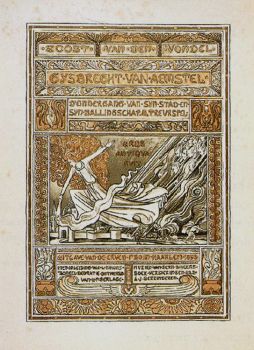About the artist
Otto Piene, a German-American artist renowned for his pioneering work in kinetic and technology-driven art, was a figure of collaboration and innovation throughout his career. With residences and studios in Düsseldorf, Germany, as well as Cambridge and Groton, Massachusetts, Piene's influence spanned continents.
Born in 1928 in Bad Laasphe and raised in Lübbecke, Piene's early experiences were marked by his conscription into World War II at the age of 16, where he served as an anti-aircraft gunner. The luminous trajectories of searchlights and artillery fire against the night sky during the war ignited his fascination with light and motion, themes that would deeply inform his later work.
Following the war, Piene pursued his passion for art, studying painting and art education at the Academy of Fine Arts in Munich and the Kunstakademie Düsseldorf from 1949 to 1953. He also embraced academic pursuits in philosophy at the University of Cologne until 1957, further enriching his conceptual foundations. His career in education included a stint as a lecturer at the Fashion Institute in Düsseldorf before venturing into international academia as a visiting professor at the University of Pennsylvania in 1964.
Piene's association with the Massachusetts Institute of Technology (MIT) marked a significant chapter in his career. In 1968, he became the first Fellow at the Center for Advanced Visual Studies (CAVS), an institution founded by György Kepes that championed the fusion of art with cutting-edge technology and science. Piene's leadership as director of CAVS from 1974 until 1993, succeeding Kepes, underscored his commitment to fostering collaborative spaces where artists and scientists could co-create.
Throughout his tenure at MIT and beyond, Piene collaborated with a diverse array of artists, scientists, and engineers, including stroboscopy pioneer "Doc" Edgerton and astrophysicist Walter Lewin. His ambitious public installations, such as the 1977 Centerbeam, showcased his ability to orchestrate complex projects involving large teams, including 22 artists and a cadre of scientists and engineers from around the globe.
Piene's life and work were tragically cut short on July 17, 2014, when he passed away from a heart attack in a taxi en route to the opening of his Sky Art event at the Neue Nationalgalerie in Berlin. He is survived by his wife, poet and artist Elizabeth Goldring, who was also his collaborator, along with four children, a stepdaughter, and five grandchildren. Otto Piene's legacy as a visionary in the realm of art and technology continues to inspire future generations of artists and innovators.



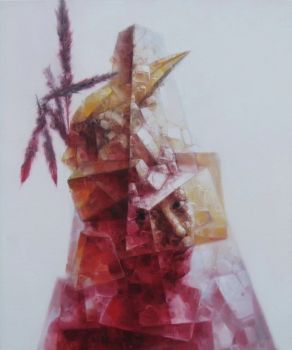

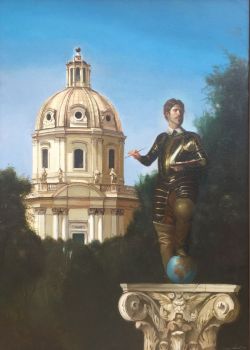


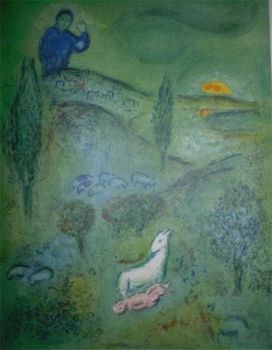





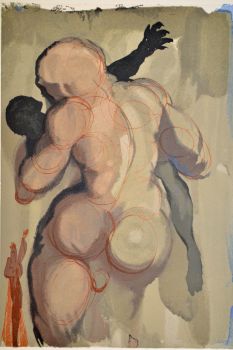
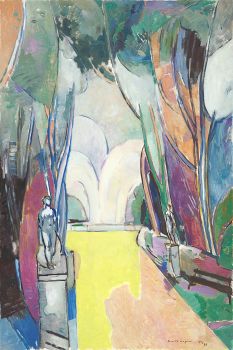


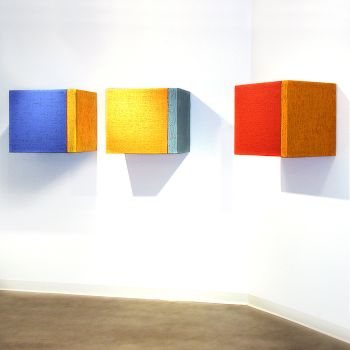


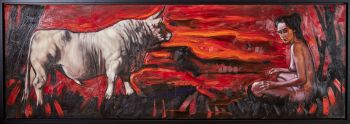
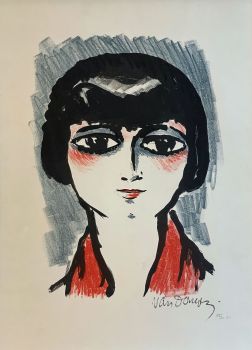
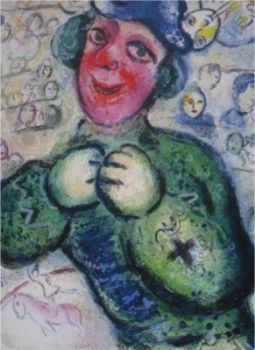

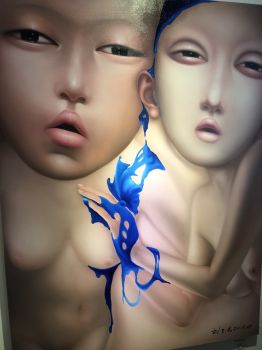

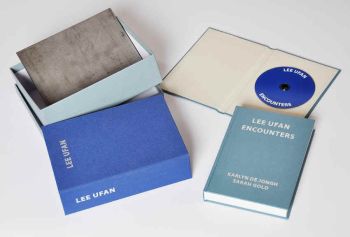

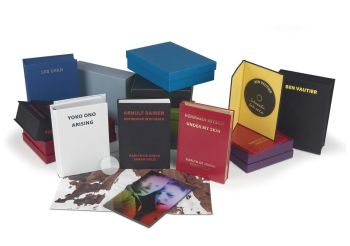
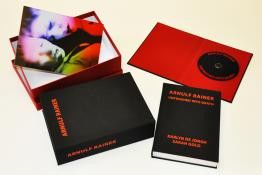


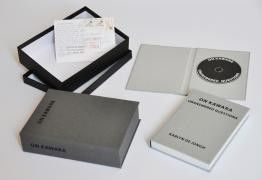
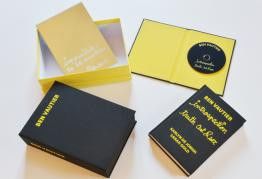
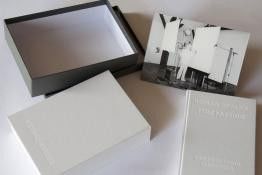


!["SKIMMING THE WATER [MENAGE A QUATRE]" Signed book plus small artwork by LAWRENCE WEINER](https://media-2.gallerease.com/images/442bfd5f-fc31-4e18-a2fa-ee0c08eade64/350x350/skimming-the-water-menage-a-quatre-signed-book-plus-small-artwork.jpg)

